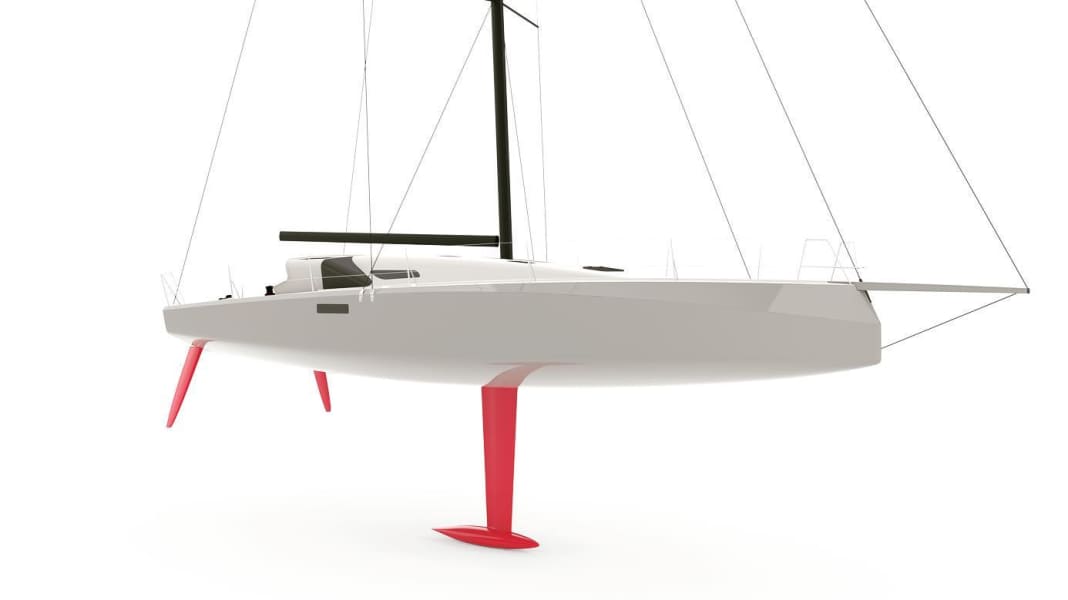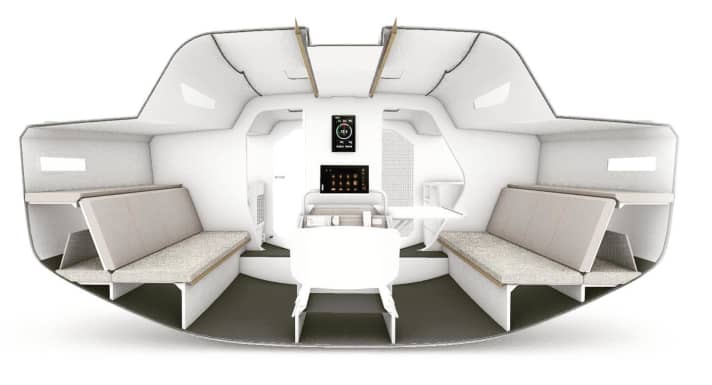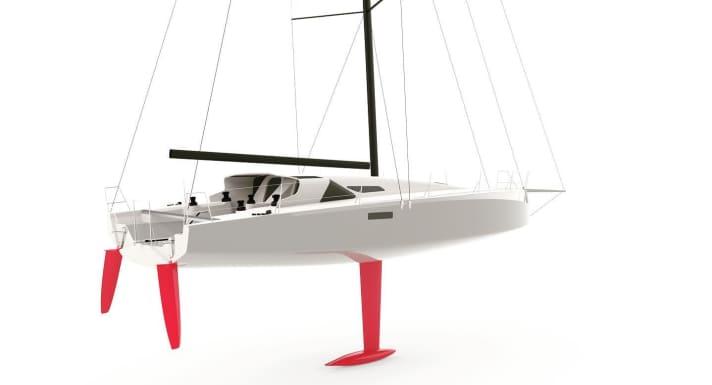
The move was almost overdue: performance cruisers, powerful yachts with living comfort, are booming, while at the same time interest is growing in more powerful, seaworthy and regatta-capable yachts for small crews. They exist, are called Class 40 and are currently the highest evolutionary stage in offshore sailing at around twelve metres in length. However, the parts are no fun on long voyages, at least for the free watch, or for the whole crew in harbour, because they are virtually undeveloped below deck. So: the market is ripe for a Class 40 that is ready to sail. If such an offshore racer gets a little bigger, it also loses little performance due to the additional weight.

Offshore racer with two companions
And this is how the designers at Judel/Vrolijk see it: "The last decade has pushed ocean sailing into new spheres. The Class 40s have played a decisive role in this. With the J/V 43, we have adapted the concept without compromising on performance and boat handling. As a result, this concept reaches a wider clientele."

The deck layout is optimised for a small crew and simple operation. It offers a protected, partially covered cockpit and various seating positions. The cockpit is designed around two companionways and a central halyard locker between them. The line management system manages with five winches. The hull is designed according to the latest findings using the latest optimisation software. A deep T-keel and two attached rudder blades characterise the boat as a modern offshore racer, as do the wave piercer bow, inverted freeboards in the foredeck, chines in the stern area and a fixed bowsprit.
The offshore racer is currently being built as a small series at Oceantec in Slovenia. Construction number 1 will be completed this year. Find out more at the designers' stand at boot Düsseldorf in Hall 7a.
Homepage of the designers: Judel/Vrolijk & Co.
